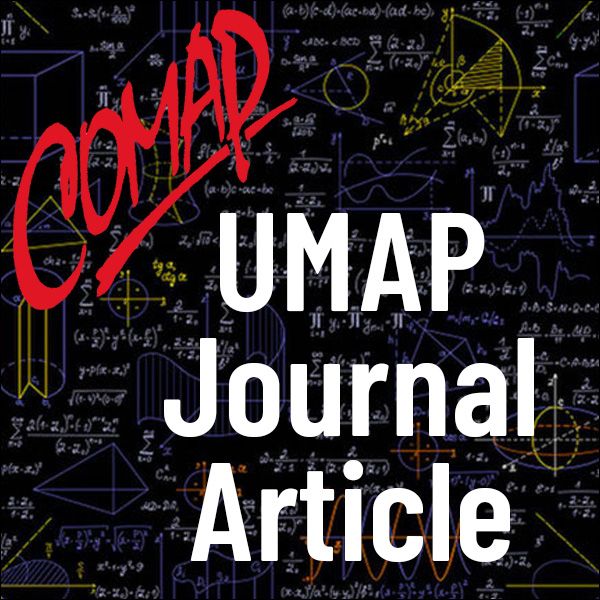Bounds on a Bug (UMAP)
Author: Arthur T. Benjamin, Matthew T. Fluet
In the game of Cootie, players race to construct a "cootie bug" by rolling a die to collect component parts. Each cootie bug is composed of a body, a head, two eyes, one nose, two antennae, and six legs. Players must first acquire the body of the bug by rolling a 1. Next, they must roll a 2 to add the head to the body. Once the body and head are both in place, the remaining body parts can be obtained in any order by rolling two 3s for the eyes, one 4 for the nose, two 5s for the antennae, and six 6s for the legs. This game raises the question: If the game lasts for T turns, what is E[T], the theoretical expected value of the number of rolls required to make a cootie? Two previous articles (Benjamin and Fluet [1999], Deng and Whalen [1988]) have addressed this question by determining the expected value exactly and showing that E[T] = 48.95242+. However, both methods required extensive computer calculations to derive this result, methods that provide no intuitive explanation for this number. In this article, a different strategy to obtain close approximations of E[T] is employed by simple "back of the envelope" calculations. Through these calculations, the exact value of E[T] becomes much less mysterious.
Table of Contents:
INTRODUCTION
ENVELOPE 1: A QUICK APPROXIMATION
ENVELOPE 2: A BETTER APPROXIMATION
ENVELOPE 3: A QUICK LOWER BOUND
ENVELOPE 4: A BETTER LOWER BOUND
ENVELOPE 5: A QUICK UPPER BOUND
CONCLUSION
ACKNOWLEDGMENT
REFERENCES
ABOUT THE AUTHORS

Mathematics Topics:
Application Areas:
You must have a Full Membership to download this resource.
If you're already a member, login here.